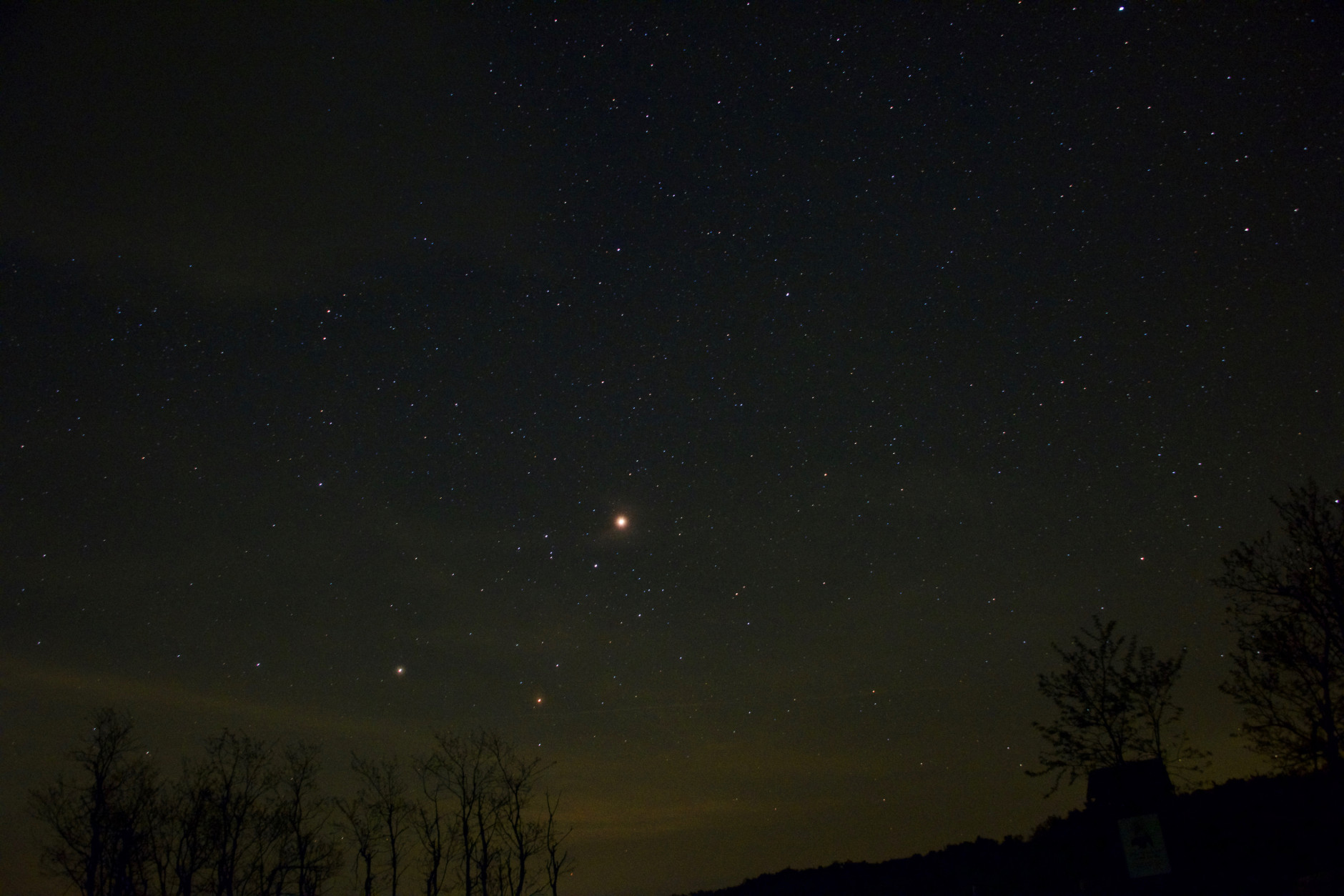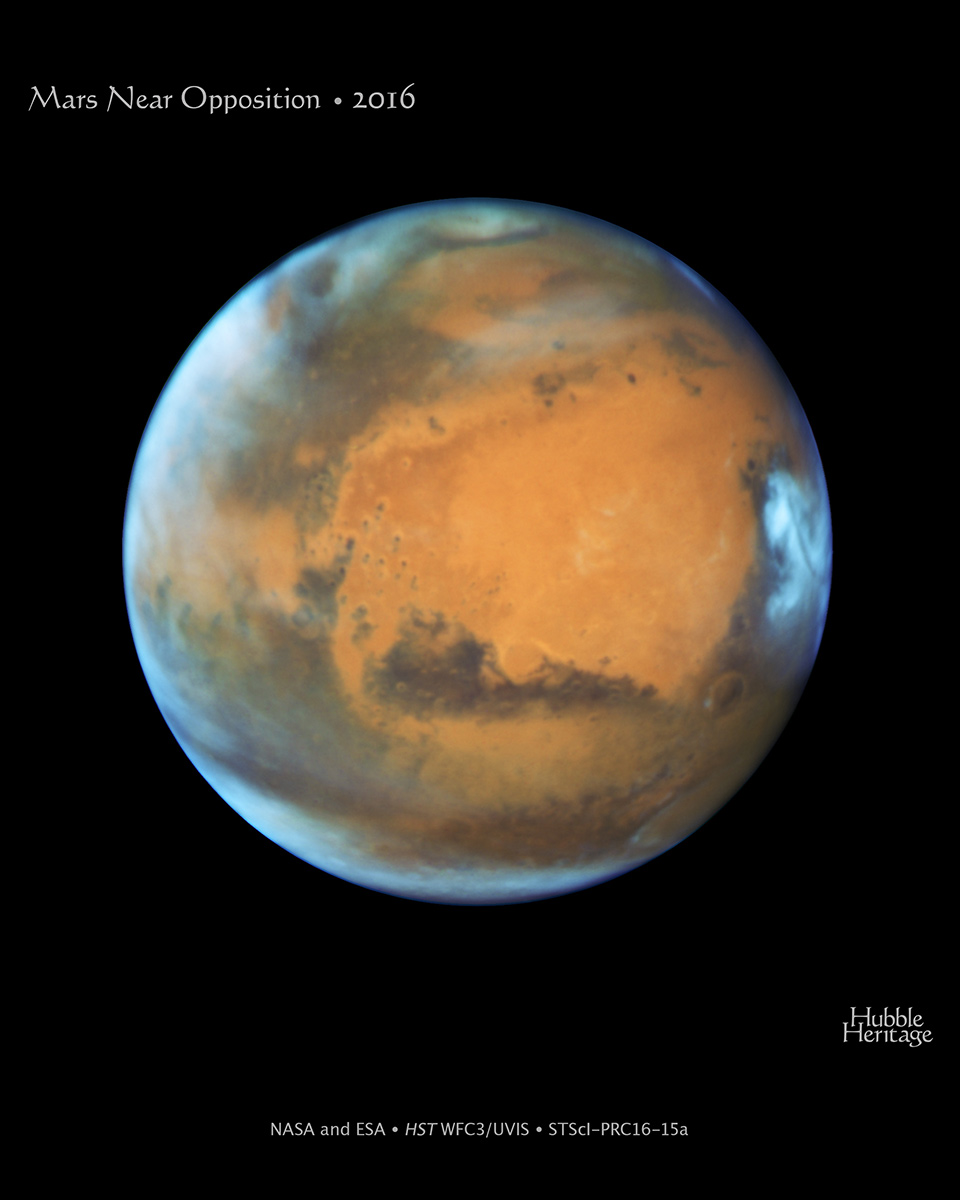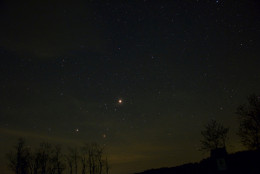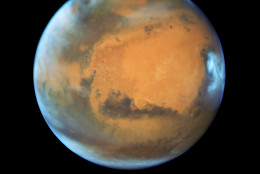



WASHINGTON — Well, DMV, the wild weather we had earlier in May has given way to occasionally clear skies so that we can see the planet Mars at its closest and brightest.
At 4:35 p.m. Monday Mars will be closer to planet Earth than it has been since November 2005. Its distance will be 46,762,695 miles. Mars will be a bright yellowish-orange and easily visible in the Southeast sky right after dark. The Red Planet will remain visible through most of the night.
If it is cloudy Monday night, slooh.com will be carrying a live internet program viewing Mars through a telescope from 9 to 10 p.m.
Mars has close company in the sky: The Red Planet plus Saturn and the reddish-colored star Antares form a celestial triangle. Mars will be far brighter than the other two.
Saturn is a yellowish-colored ‘star’ to the lower left of Mars. NASA’s Cassini mission has been studying the ringed planet for 11 years and is still going strong.
The Greek name Antares means “equal of Mars,” and this month you can really see why the star got its name. Antares is below and to the left of Mars
Mars has several active and planned missions exploring it from orbit and on the surface. It is a fascinating world and in amateur-sized telescopes actual features can be seen for the next several weeks.
If you have a dark sky you can also see the gorgeous Milky Way to the left of this celestial triangle. The view will be best around 1 a.m. in the South.
Mars will remain bright for the next several weeks before it begins to noticeably fade, so make sure you take a look. Mars gets close to our planet every 26 months and will do so again in July 2018, when it will be even closer and brighter than it is now.
You can also see bright Jupiter high in the southwest sky all month. The four main moons of Jupiter can be seen in binoculars and mimics the view Galileo would have had in his crude telescope in 1610, when he discovered them. NASA’s Juno spacecraft is closing in on the king of the planets and is due to arrive July 4.
As we head into June and summer, I hope you can join me at Shenandoah National Park for one of my lectures and sky viewing sessions.
Follow my daily blog at whatsupthespaceplace.com to keep up with the latest news in astronomy and space exploration. You can email me at skyguyinva@gmail.com.







